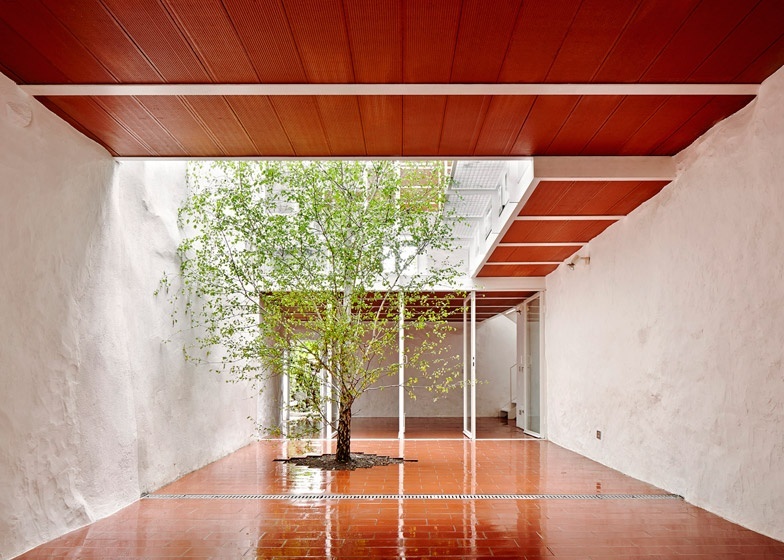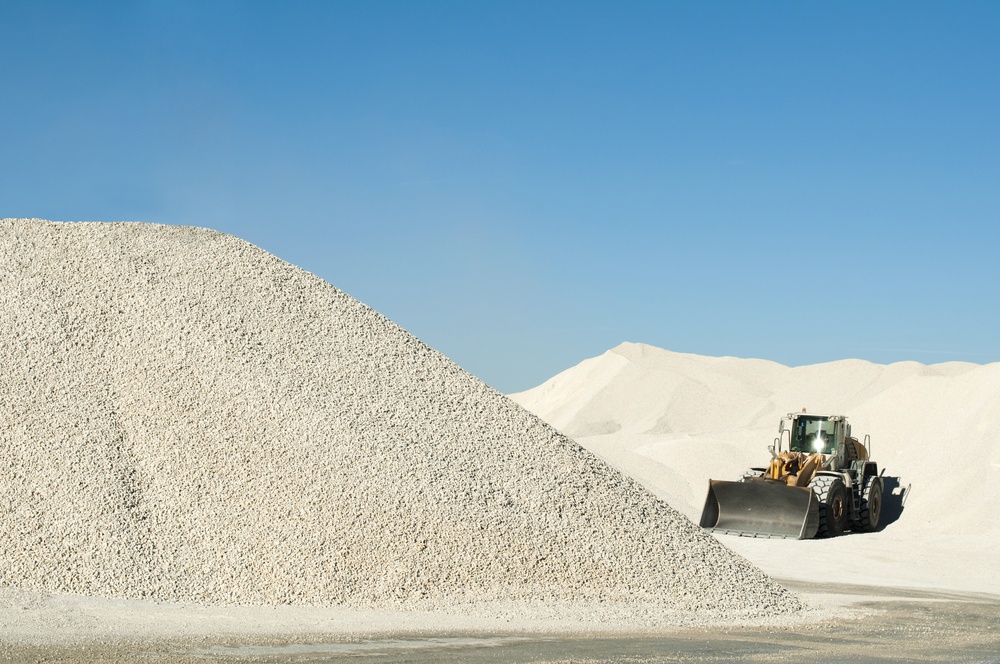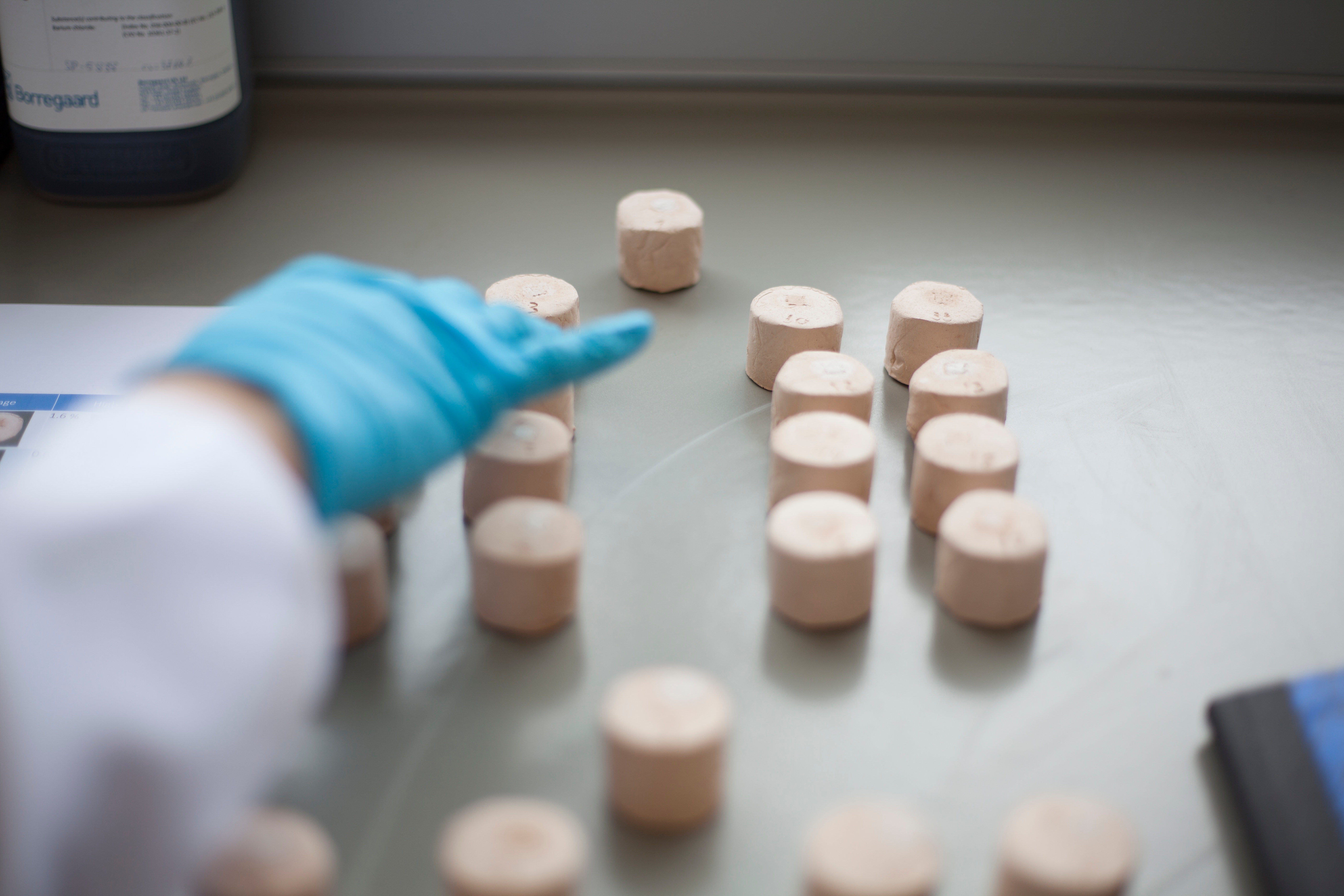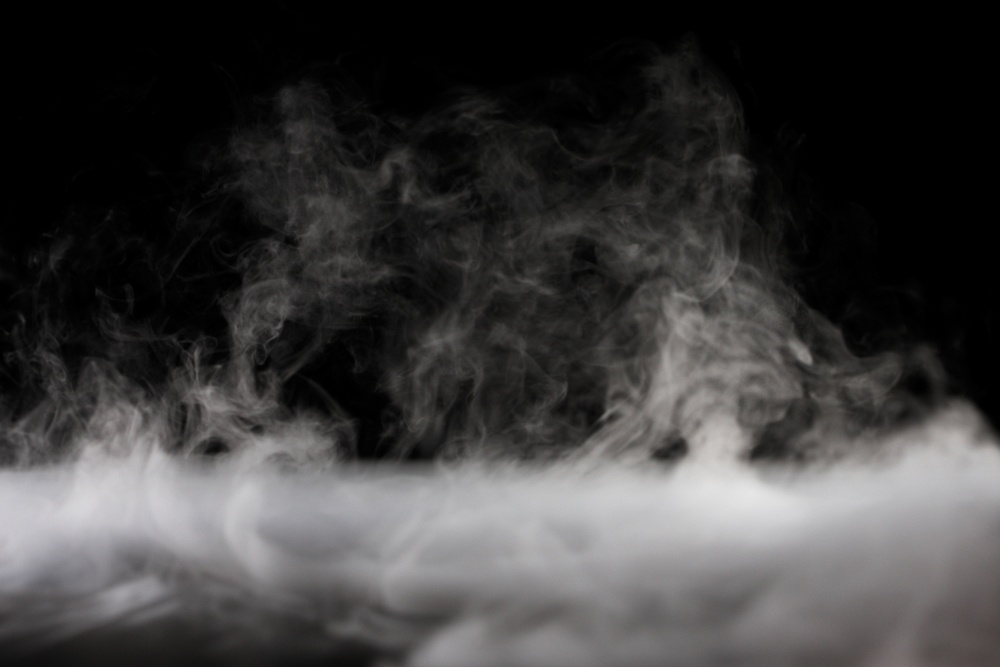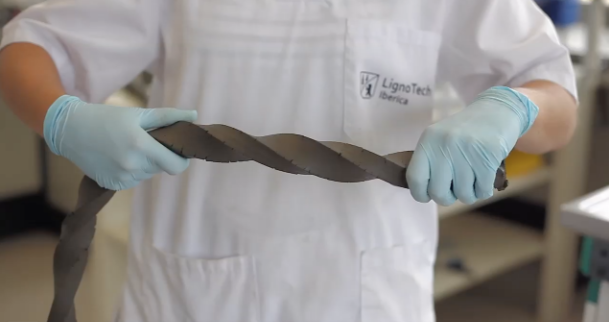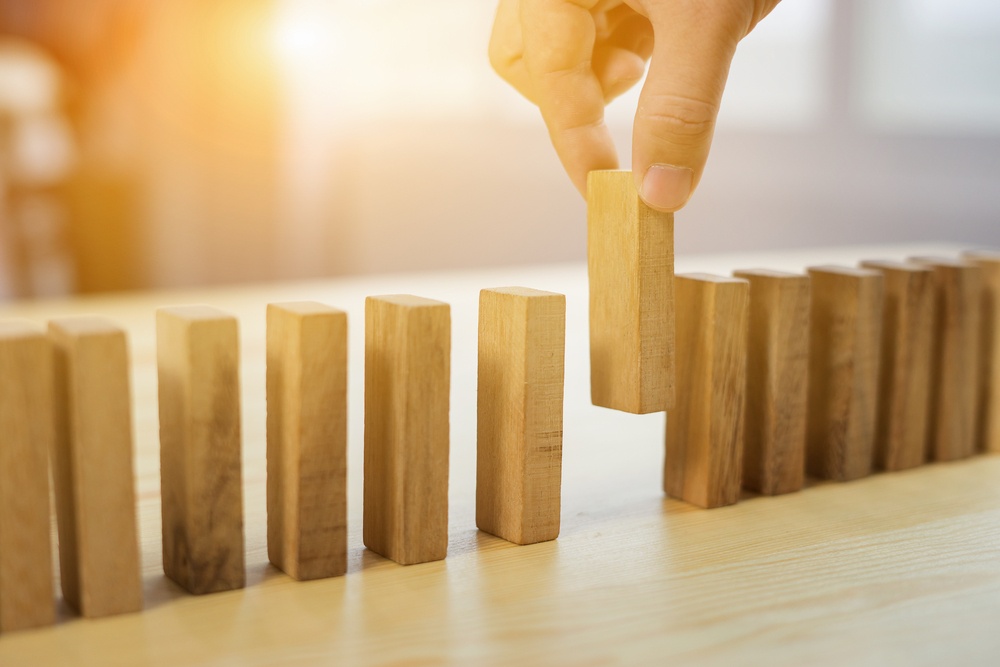Large Structural Brick
Brick types vary from thin brick to face brick to structural through the wall units. Thin brick allow for less weight and less costly installation. Face brick provide some insulation and are practically maintenance free for the lifetime of a building. Structural clay brick provide greater insulation, more protection from the elements, and the appeal and durability that have always made clay brick a desirable building material. The manufacturing of large structural clay brick presents challenges to brick makers in two of the critical processes involved in brick making: extrusion and drying. In this blog post we will focus on how to avoid breakage in the extrusion part of the manufacturing process.

